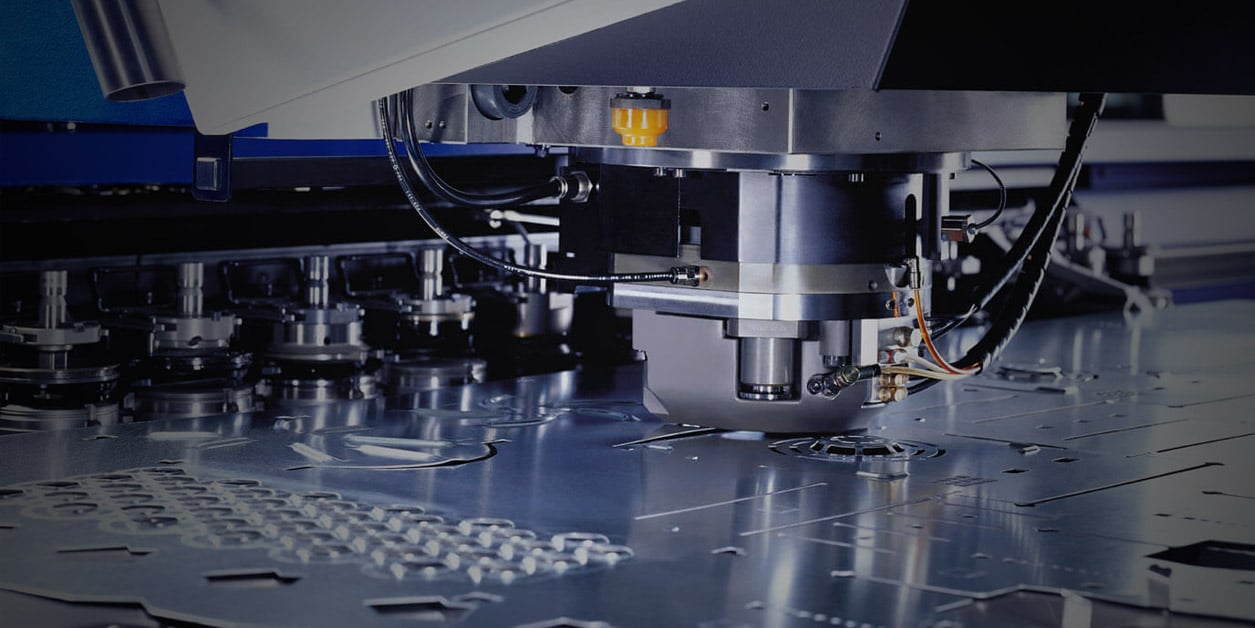When any company or person wants to convert metal sheets that are in flat shape into various specific shapes, they can opt for metal stamping. It is very tricky to understand what is metal stamping. This process is very complex as there are many techniques with which the shapes can be changed like blanking, punching, and bending.
Types of Metal Stamping Processes
The type of metal stamping process depends on the final shape that is going to produce. Generally, metal stamping uses more than one technique to get the desired shape in the end.
- Piercing
This type of technique is used when the final desired output is to create multiple small hollow areas like holes. These machines are made up of high carbon steel.
- Blanking
Blanking is the same as piercing but the difference is that the punched piece will not be discarded and instead this will be the final product.
- Drawing
There are again two types of drawing namely shallow drawing and deep drawing.
- Coining
This process is used to create a small piece of metal in the shape and features of a coin. They are used to prepare metal products that have a high number of tolerances.
- Lancing
In this technique, the metal pieces will not be removed. Here they work in order to create a slot on the sheet metal. Lancing is used to create specific shapes and designs on metals.
- Embossing
This technique in the what is metal stamping is used to produce raised surfaces on the sheet metal. They can be produced either by using a machine or a die set.
- Flanging
In this process, a flare or flange will be introduced on the metal using dies, presses, or flanging machines.
Different types of Stamping Presses
The stamping presses are of three types. They are linked to a feeder which sends the sheet metals automatically through the press in either coil or in blank form.
- Mechanical
- In this press, a motor is used to transfer and store energy.
- The size of the punches will be between 5mm to 500 mm.
- The speed will vary between 20 to 1500 strokes per minute.
- They are of sizes from 20 t0 6000 tons.
- Hydraulic
- These presses use hydraulic fluid for the application of force on the material.
- The size of the press varies between 20 to 10000 tones.
- The stroke size of the hydraulic press is between 10mm to 800mm.
- Mechanical Servo
- They use high-capacity motors instead of using flywheels.
- They can create complicated stampings at a faster speed than hydraulic ones.
- They are the most expensive ones among all the three presses options.
Advantages and qualities that will come from metal stamping
- This is a fast and cost-effective solution.
- They can satisfy large quantity manufacturing needs.
- The sheets that are stamped will be high-quality and durable as well.
- The turnaround time will be very fast.
Conclusion
To understand what is metal stamping or pressing and for shaping any sort of metal, flat sheet metal will be placed in either coil or blank form in the stamping press. This is a cold-forming process in which dies and stamping presses are used to change the shape of the sheet metal.










